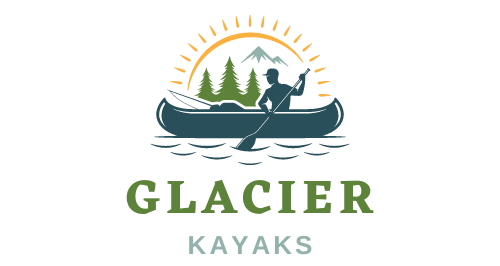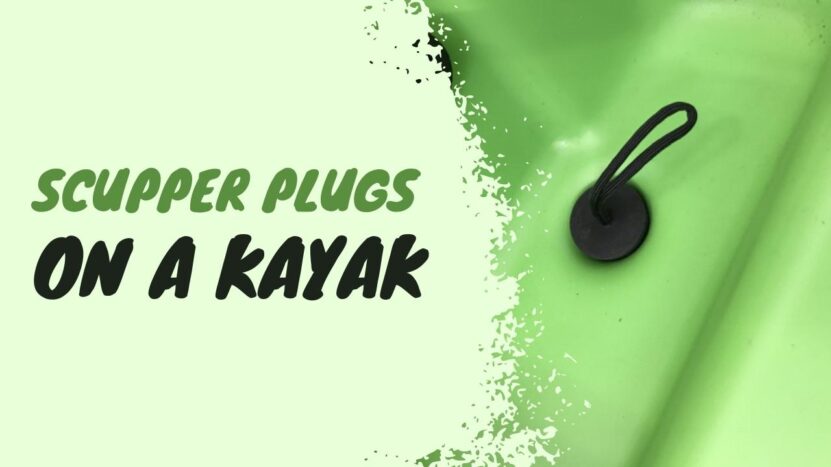Kayaking is very fun and versatile. A lot can be done from this amazing boat and there are many memorable experiences waiting for every paddler. Before someone can start kayaking, they must first know their way around the paddling board they plan to use.
And the best way to do this is to learn the lingo and distinguish the main parts of a kayak from each other. Not all of them are equally as big or obvious, but they are equally as important since without them there is no kayak. The hull, deck, cockpit, seats, foot pegs, paddle, skirts, and hatches are the most basic of them all that you have to know about.
Main Parts of a Kayak
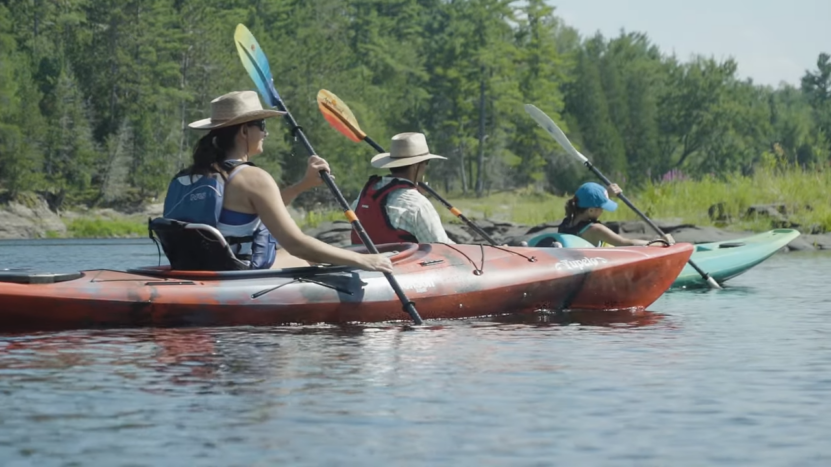
Hull: The hull is the bottom of the kayak, which sits in the water and provides the primary flotation and stability of the boat. The shape and design of the hull can vary depending on the type of kayak and its intended use.
Deck: The deck is the top of the kayak, which is above the waterline. It provides a platform for the paddler to sit on and can also contain features such as hatches, compartments, and attachment points for gear.
Cockpit: The cockpit is the opening in the deck where the paddler sits in and controls the kayak from. It is usually surrounded by a rim or coaming, which helps to keep water out of the kayak.
Seats: Most kayaks have one or more seats for the paddler to sit on. The seats are usually adjustable to allow the paddler to find a comfortable and efficient paddling position.
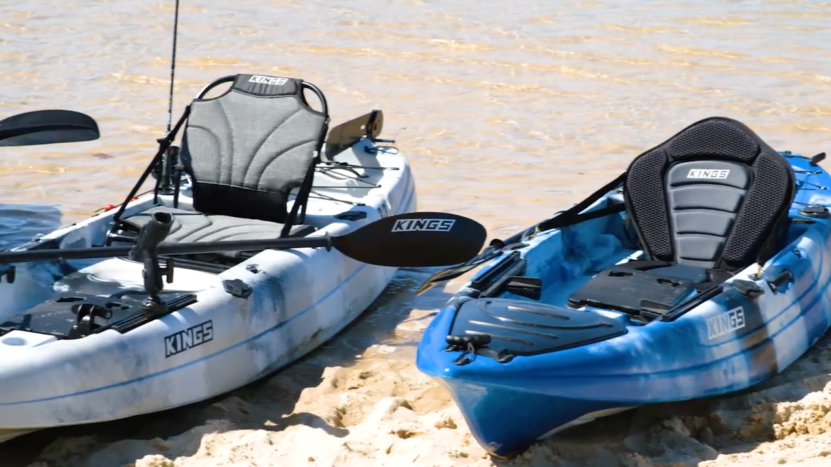
Footpegs: Foot pegs are small adjustable platforms that the paddler’s feet rest on while paddling. They allow the paddler to adjust the position of their feet and apply more power to their paddle strokes.
Paddle: The paddle is the main tool used to propel the kayak through the water. It consists of a long shaft with a blade at each end and is held by the paddler with one hand on each end of the shaft.
Skirts: A skirt is a removable cover that fits over the cockpit and helps to keep water out of the kayak. Skirts are often used in white-water kayaking or in conditions where the boat may be submerged or capsized.
Hatches: Hatches are openings in the deck that provide access to storage compartments or areas inside the kayak. They are usually sealed with a watertight cover to keep water out of the storage areas.
While these may be the most commonly mentioned and asked-about parts of kayaks, there are others. Not all of them are important and many come as extra features or accessories. One, however, is crucial to the overall optimality and performance of kayaks. It serves many purposes and it would be very difficult to operate the craft properly without them. This is the scupper plug about which we talk more in the rest of the article.
What Are Scupper Plugs?
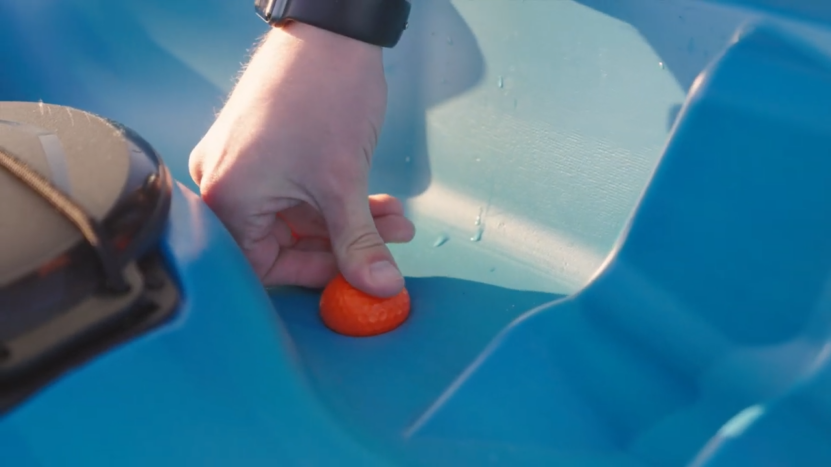
Scupper plugs are small plugs that are used to seal or block the openings or scuppers on a boat. Scuppers are holes or channels in the hull of a boat that allows water to drain out of the deck. They are usually located near the gunwale or the edge of the deck and are used to prevent the accumulation of water on the deck, which can make the boat unstable or unsafe to operate.
Scupper plugs are used to close the scuppers when the boat is not in use or when the water level is low, to prevent water from entering the boat. They are often made of rubber or flexible material that can be easily inserted or removed from the scuppers.
Do Kayaks Need Them?
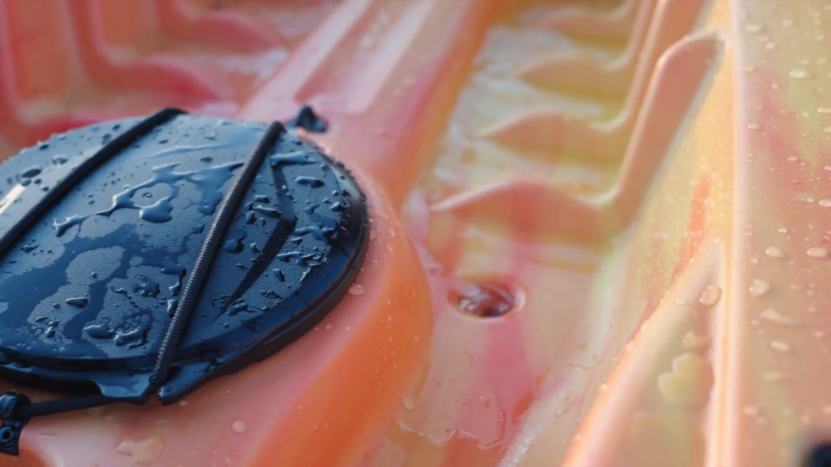
It is generally not necessary to use scupper plugs on a kayak, as most kayaks are designed to drain water through the scuppers and out of the boat. However, there may be some situations in which using scupper plugs on a kayak could be beneficial.
One reason to use scupper plugs on a kayak is to keep water out of the boat when the water level is low. If the water level is lower than the scuppers on the kayak, the scuppers may allow water to enter the boat, which can make it difficult to paddle or make the kayak unstable. By using scupper plugs to block the scuppers, you can prevent water from entering the boat and keep the kayak dry and stable.
Another reason to use scupper plugs on a kayak is to keep the boat from filling with water when it is not in use. If the kayak is left in the water for an extended period of time, the scuppers may allow water to enter the boat and fill it up. By using scupper plugs to seal the scuppers, you can prevent the kayak from filling with water and ensure that it is ready to use when you are. By keeping the water out of the boat, scupper plugs also help protect the inside of the boat from moisture and water damage.
Conclusion and Takeaways
Overall, while it is not necessary to use scupper plugs on a kayak, they can be useful in certain situations to keep water out of the boat and prevent it from filling with water when it is not in use. The added bonus of some extra stability does not hurt while the peace of mind you get from knowing that your kayak does not fill up with water or that you can easily get the water out is more than enough to use them. The kayak may be somewhat easier to operate a bit with them on too.
While not as popular or fun to talk about as some other kayak parts/features, they are very important, albeit not absolutely necessary. It is always a good thing to have choices, especially with things that are a hobby and a fun activity you love doing. With scupper plugs, this is the case as you can use them and reap the benefits, but you do not really have to. It is always up to the paddler to make the final choice.
